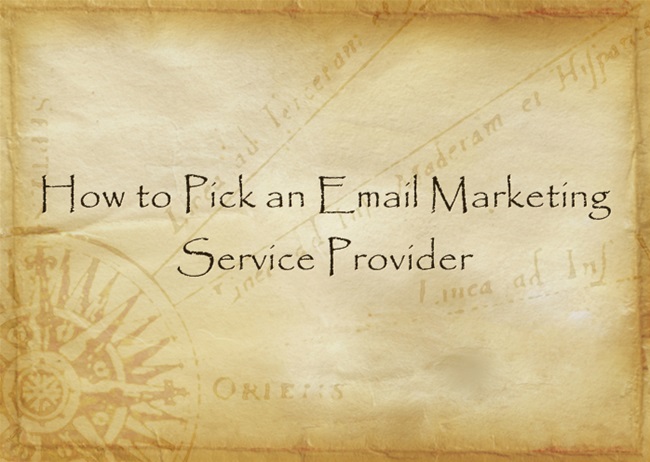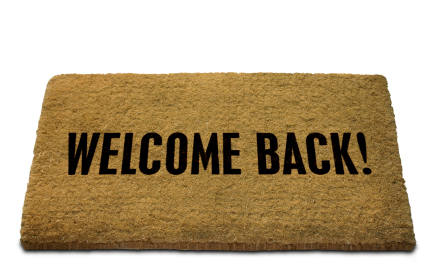 When you’re planning a road trip, it is important to map out your route and decide the best way to reach your destination. In the old days, when people went on long road trips, they would use an old fashion map to plot out the best roads to take, and to decide which route would be the shortest, the most scenic, or would have less traffic. Now a days, in the technological society that we live in, people have GPS systems in their cars or on their smart phones. These GPS systems help to guide them to their next destination. No matter whether you are using an old fashioned MAP or a GPS, it requires that you take action (drive) in order to get to your destination.
When you’re planning a road trip, it is important to map out your route and decide the best way to reach your destination. In the old days, when people went on long road trips, they would use an old fashion map to plot out the best roads to take, and to decide which route would be the shortest, the most scenic, or would have less traffic. Now a days, in the technological society that we live in, people have GPS systems in their cars or on their smart phones. These GPS systems help to guide them to their next destination. No matter whether you are using an old fashioned MAP or a GPS, it requires that you take action (drive) in order to get to your destination.
Similar to a road trip, navigating where you would like your business to go requires a MAP that will help you determine the next step to take, and the best way to go. I consider a MAP for your business to be a Marketing Action Plan (MAP). A MAP shows what action you need to take daily, weekly, monthly or yearly to get your business to your destination (whatever that destination may be for your business).
So how do you create a business Marketing Action Plan (MAP)?
Step 1- Determine where it is you want to GO.
The key to this step is to be specific in what you want for your business. For example, do you want to reach a certain amount of sales for the month? Do you want a certain amount of qualified leads? Do you want to have a certain amount of referrals per week? You need to be clear on exactly what your business goals are, before you can put a plan in place to reach it.
The key here is to set your goals before you start your trip!
Step 2- Determine the ACTION required in order to reach your goal
Sounds simple enough right? Now that you have determined what your goals are, what necessary steps and action do you need to take in order to reach your goal? It could be as simple as two prospect meetings a week, three follow-up phone calls a day, four networking meetings a month, etc. You have to work out the numbers that make sense for your business and take the necessary ACTION to reach those numbers.
The key here is once you know how many meetings, events, phone calls, etc. that it takes to get a closed sale, then you need to take the ACTION in order to achieve those numbers
Step 3- Create a PLAN
Ok, I know I say this a lot, but you really need to have a plan for almost everything you do in business, and this includes having a plan for the action you are going to take on a daily, weekly, monthly, and yearly basis. Your plan is something that is forever changing, but you MUST have it in place in order to be successful and reach your destination. A Marketing Action Plan is different than a Marketing Plan. Check out my last post about creating a Marketing Plan. An action plan is more like your daily, weekly, or monthly “To Do” list that helps you to move forward to reach your ultimate business goals.
The key here is to have it in writing! It’s amazing what will happen when you take the things you have in your head as to what you need to do and put it on paper. Once you put it on paper, you are bringing it to life!
So in conclusion, much like when you go on a trip you make sure you have directions, a map, your GPS, etc. the same applies for your business, you must have a business MAP in order to successfully reach your destination. Once you have taken all the necessary ACTION, you can say, “I have reached my destination!”
Do you have a business MAP? What do you do to make sure you are taking daily, weekly, monthly, and yearly ACTION in order to reach your business goals?








